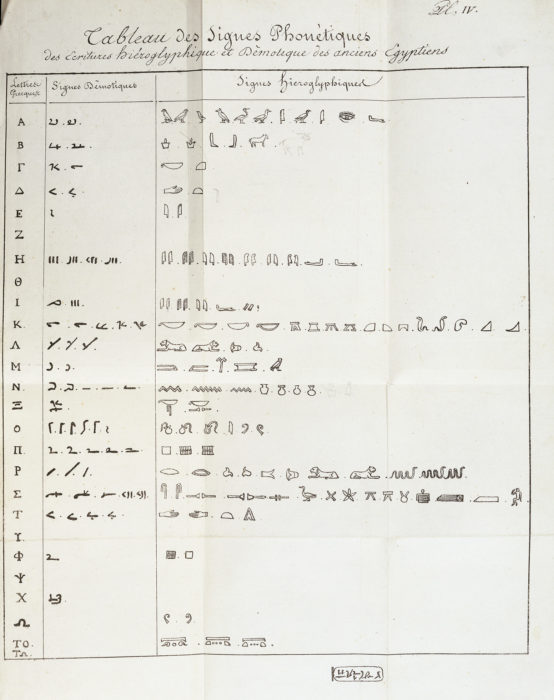BREAKING THE BARRIERS

Jean-François Champollion's journal with his observations on hieroglyphics, n.d.
After dedicating years into deciphering the Rosetta Stone, Champollion was finally able to crack the code in 1822. After realizing that hieroglyphics were a combination of phonetic signs and conceptual symbols, he was able to translate the stone and break the language barrier between modern languages to ancient scripts. He discovered that the artifact was a decree issued in 196 BCE that praised the divinity of the king, Ptolemy V after his recent coronation. This means that Champollion broke the chain of scholars that could not decrypt the hieroglyphics in over two millennia. Due to his discoveries, Champollion holds the title of the first person to decipher ancient Egyptian hieroglyphics; and is often referred to as the ‘Father of Egyptology’.
'Je tiens l'affaire!" ~ Jean-François Champollion, 1822
"I've got it!" ~ Jean-François Champollion, 1822

Champollion's writing in ancient Egyptian hieroglypic script, n.d., British Museum
“The hieroglyphic writing is a complex system, a script at the same time figurative, symbolic, and phonetical, in the same text, in the same phrase, I would almost say, in the same word.”
~ Précis du système hiéroglyphique des anciens égyptiens, Jean-François Champollion, 1824.